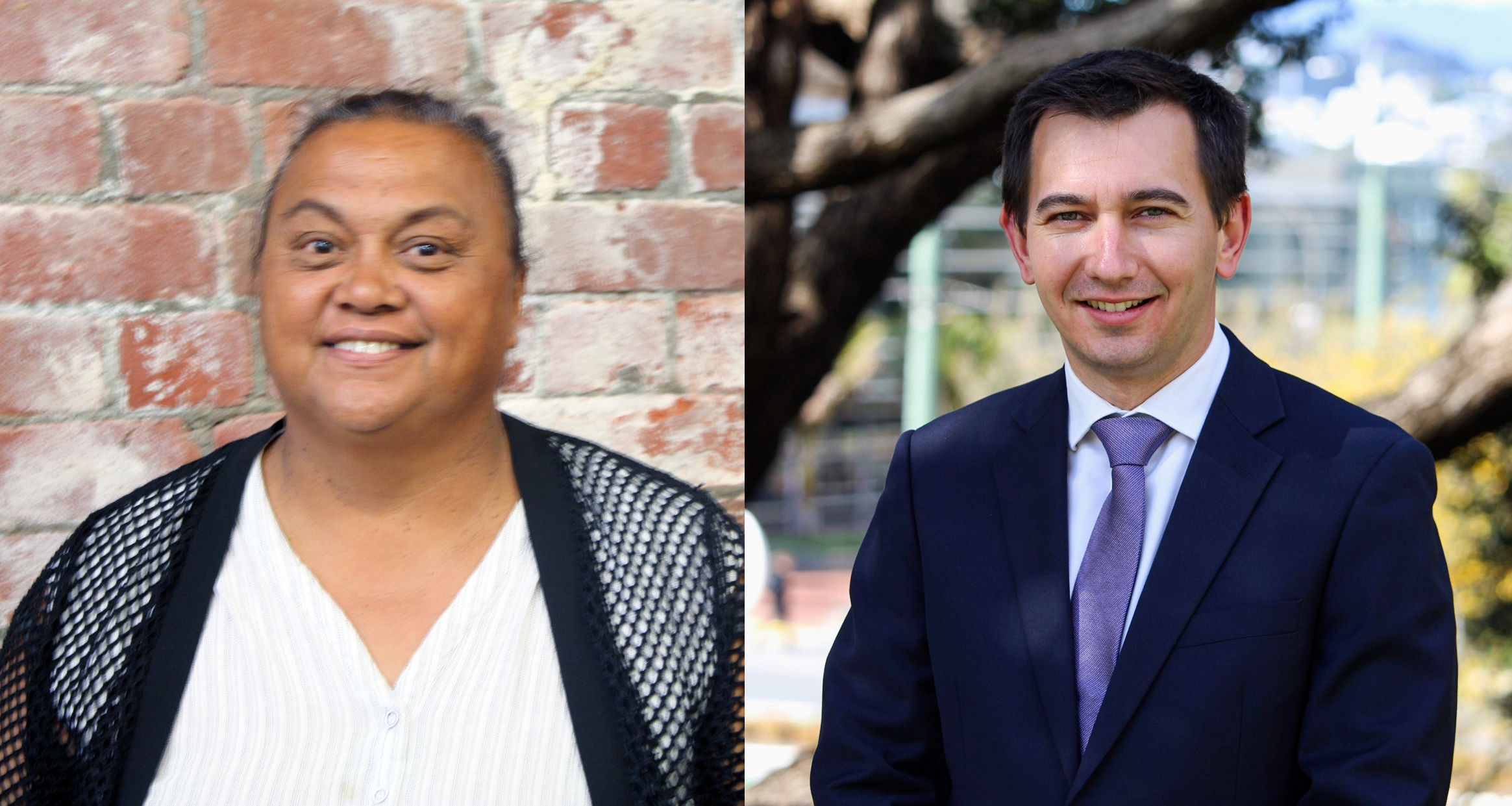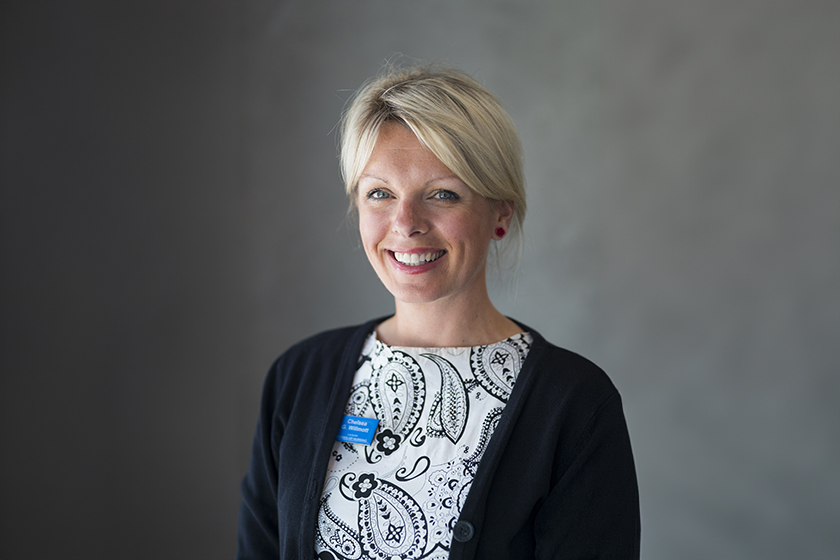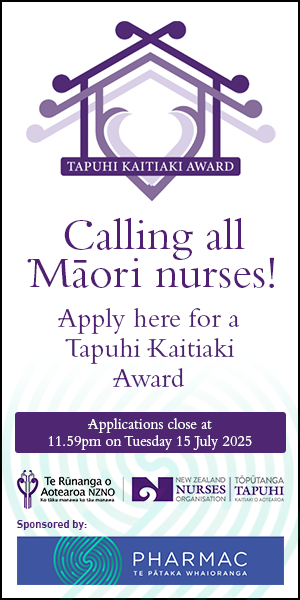“They’re dangling carrots and continuing to pull us along,” NZ college of primary health care nurses chair Tracey Morgan told Kaitiaki. “But just do it — invest in primary health care.”
Until then primary and community care would remain in “crisis”, with chronic staff shortages, she said.
Incentives for more Māori nurses in primary health were also needed, she said.

Minister of Health Simeon Brown said from next year, he would put $34.2 million into training an extra 60 primary health NPs each year for the next five years.
By increasing nurses’ skills and qualifications, more patients could be seen sooner and pressure on doctors was eased, he claimed.
‘Just do it — invest in primary health care.’
Already, 120 NP training places have been confirmed for 2025 — similar to last year. About half of those are for primary health and the other half for hospital specialties.
The further 60 will bring the NP intake up to 180 for the next five years, from 2026 — 120 of which will be primary health specialists.
But Morgan said urgent help was needed right now amid short staffing which saw a third of GP practices turn patients away. Paying PHC nurses the same as hospital nurses would stem the nurse exodus, she said.
“We can’t wait another 12 months,” she said. “The important thing is to invest in primary health for the long-term.”
Nurse Practitioners NZ chair Chelsea Willmott said she was pleased to see the national NP training programme was getting ongoing funding, after “significant delays in commitment”.

“We are pleased a focus is being given to rural health-care services and encourage further discussion on how this novice workforce will be supported and adequately mentored into the specialty of primary health care.”
Willmott also called for expanded prescribing powers for mātanga tapuhi/NPs to allow them to deliver primary health care to their best ability.
Brown also announced $21.6 million to provide advanced training for up to 120 registered nurses (RNs) working in primary health to help them become prescribers or NPs.
‘Once the incentives run out, these clinics will still struggle to keep the doors open and see new patients.’
In primary health, Brown has also announced 100 new two-year clinical placements for overseas-trained doctors; incentives to recruit 400 RN graduates per year for three years; a new 24/7 video consultation service and a $285 million funding boost for general practice over three years.
GP practices and other community providers would be paid $20,000 per graduate nurse in rural areas or $15,000 in cities to recruit up to 400 new graduates each year for five years in the $30 million initiative.
But Morgan said the move would be a “temporary reprieve” at best.
“Paying incentives to hire nurses to aged care providers, and now primary and community providers, won’t address the underlying cause of chronic staff shortages. Once the incentives run out, these clinics will still struggle to keep the doors open and see new patients.”
The PHC nurse graduate recruitment scheme was touted in November by Te Whatu Ora chief nurse Nadine Gray, after hundreds of graduates were left jobless by Te Whatu Ora. However, with 200 primary health graduate roles available in 2024, Brown has doubled that for 2025.
A $285 million “performance-based uplift” in funding over three years would also provide financial incentives to general practices to open to new patients, meet health targets for childhood immunisations and provide timely appointments, Brown claimed.





